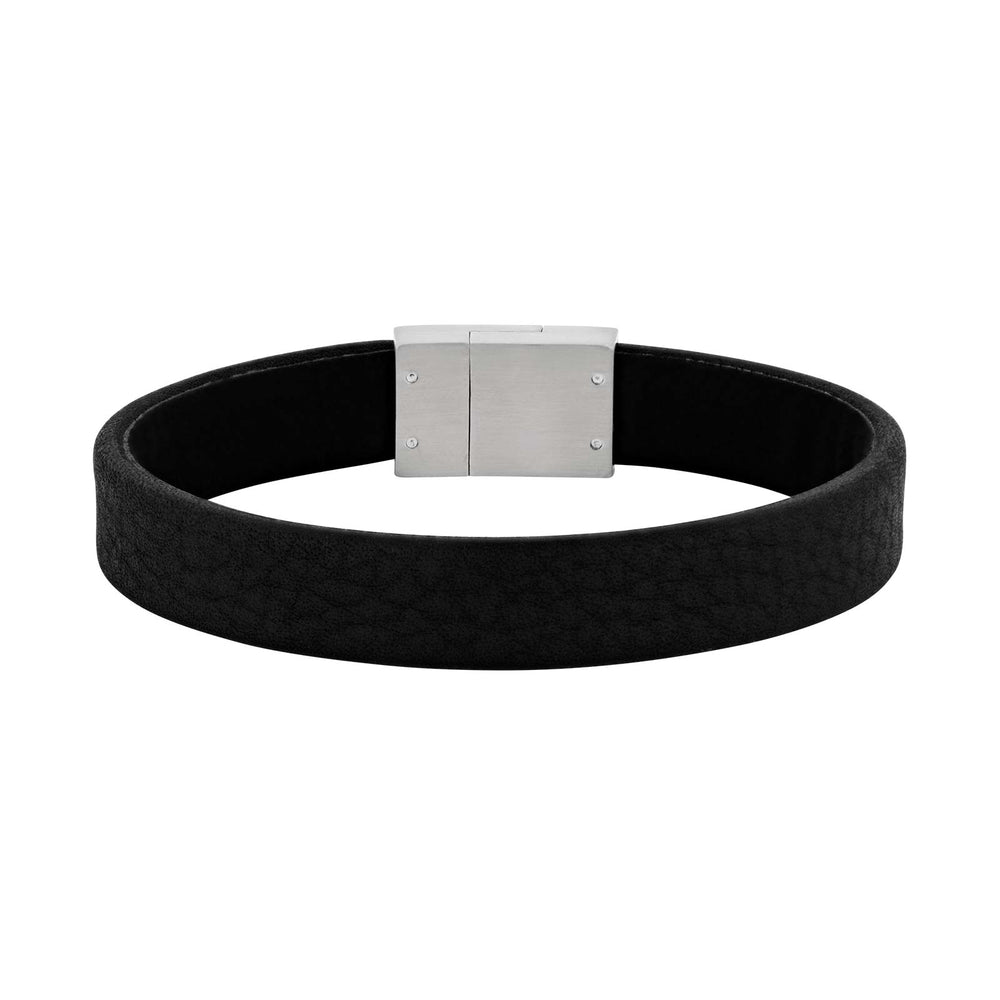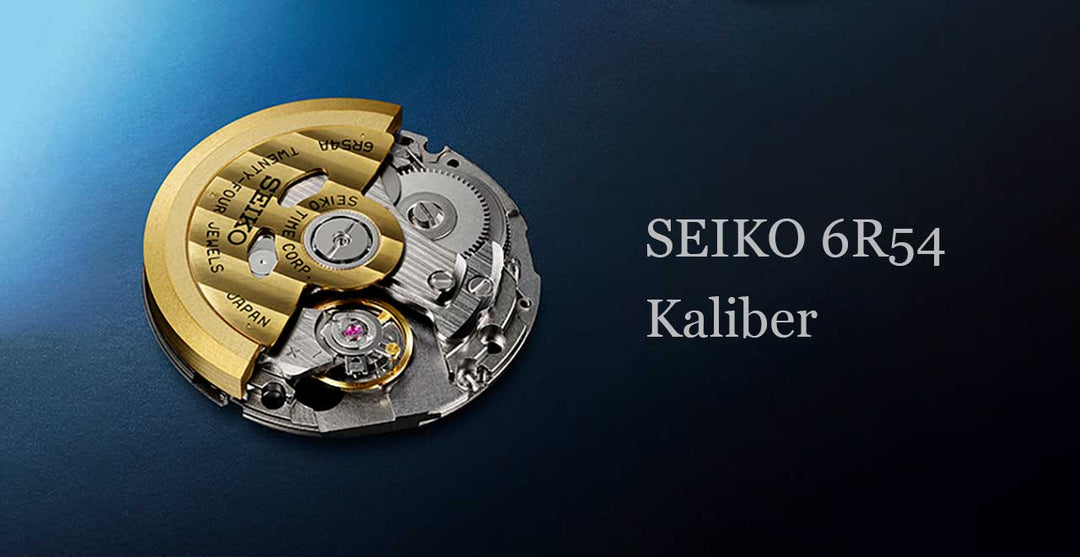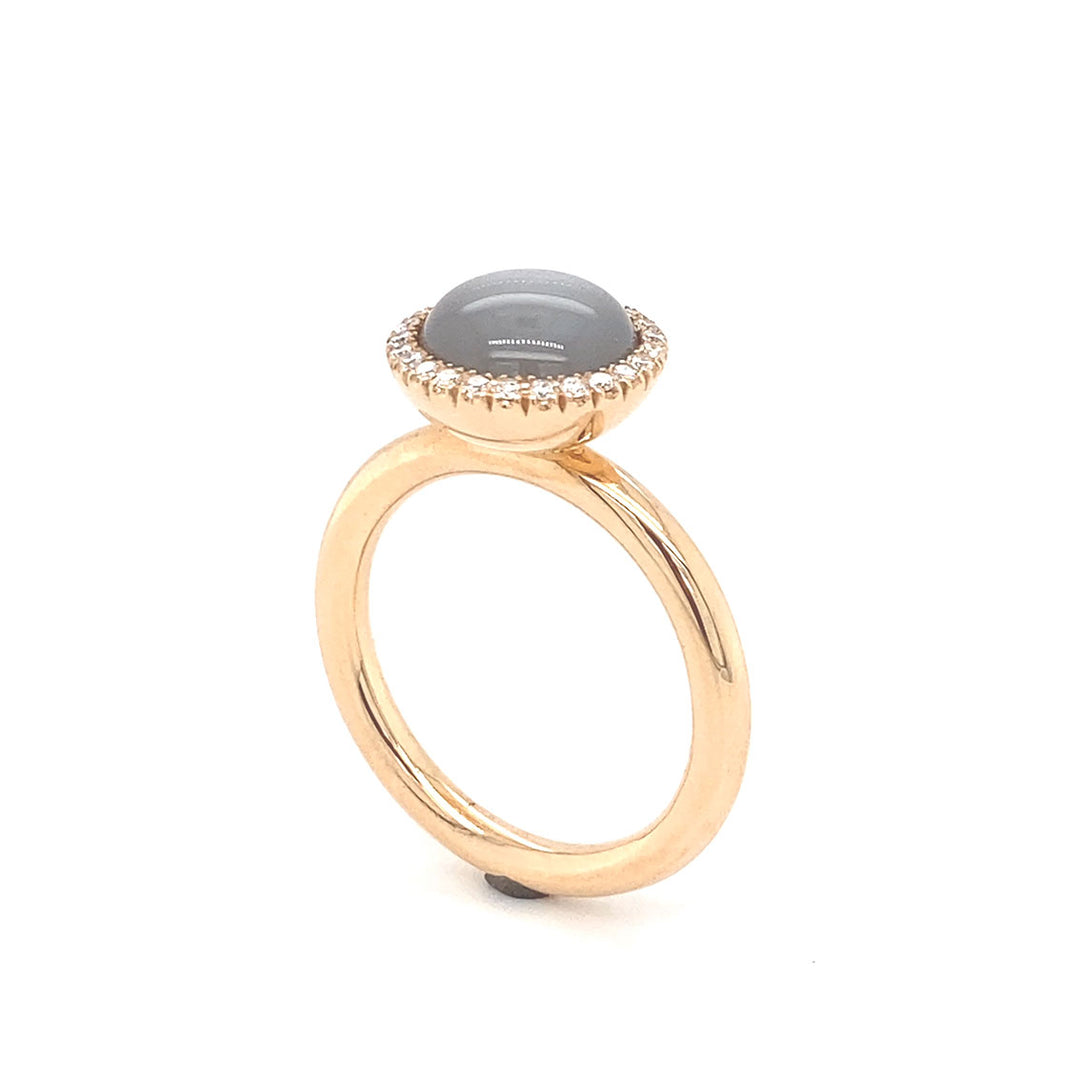585 or 750 – the fineness of gold and the meaning of the designations
Gold is not only shiny and beautiful, it is also valued by its fineness. The fineness indicates how much pure gold is contained in an alloy. It is measured in carats or parts per thousand. When we talk about 585 or 750, we are talking about the fineness. The purity or fineness of gold is the quality criterion of the precious metal in jewelry making. The higher the fine gold content in the piece of jewelry, the higher the fineness.
An alloy is a material consisting of at least two metals. Certain alloying elements are added to the precious metal gold to modify and improve its properties as a material.
What does fineness mean and why is it important?
We already know that gold used in jewelry is never 100% pure, or "pure gold," but is always processed as an alloy. Fine gold is simply too soft for jewelry. The respective fineness depends on the percentage of gold in the alloy.
The fineness of gold is usually expressed in thousandths.
It is also common to specify the unit of carat (kt) .
585 gold and 750 gold

The most common gold purity is 585. This is a gold alloy consisting of 58.5% pure gold. The remaining 415 parts, or 41.5%, are additional metals for the alloy. It is less precious than 750 gold, but also more robust and less susceptible to scratches. It has a subtle gold tone and is often found in jewelry.
Another, higher-quality grade is 750 gold. This means that the alloy contains 75% pure gold. This gives yellow gold a beautiful, rich gold color. It has a more intense gold tone and is more valuable, but also softer and more susceptible to scratches. You often find it in high-quality jewelry and watches. Due to the higher pure gold content, 750 gold is also heavier than 585 gold.
Gold 333/000 (8 kt) or 375/000 (9 kt) are not recognized in Austria due to the low fine gold content.
Factors that determine the fineness of gold.
The fineness of gold, expressed in karats or as a numerical value such as 585 or 750, determines the purity of the precious metal. It is determined by various factors. Mining itself can influence the quality of the gold. Gold extracted from deeper mines often has a higher fineness. Another factor is processing. In refining, the gold is purified and freed of impurities, which increases its fineness. Finally, the alloy also influences the fineness. Gold is often mixed with other metals to make it stronger, but this reduces its fineness. It is therefore a mixture of nature, technology, and craftsmanship that determines the fineness of gold.
Tips on how to determine the fineness of gold.
If you want to find out the fineness of gold, you need to know that 585 and 750 are the most common values. The number 585 means that 58.5% of the material is pure gold, while 750 indicates that it contains 75% pure gold. But how do you know? The fineness is often stamped on the piece of jewelry itself. If not, a jeweler can determine the gold content using special tests. It's important not to be fooled by the color, because even less valuable gold can look shiny and attractive. So, next time you buy gold, take a closer look!
Advantages and disadvantages of gold with different finenesses.
Wondering whether to choose 585 or 750 gold? Both have their advantages and disadvantages.
14ct gold is more durable because it contains more alloying elements. It's therefore ideal for jewelry that's worn daily. However, its gold content is lower, which keeps the price low.
750 gold, on the other hand, has a higher gold content, making it more valuable. It is softer and more susceptible to scratching, but its purity makes it ideal for high-quality jewelry or as an investment.
So, whether you choose 585 or 750 gold depends on your budget, your intended use and your personal preferences.


» Cross pendant, 750 yellow gold, diamonds
It doesn't always have to be yellow gold
When it comes to jewelry and wedding rings, there's a wider selection of alloys—and thus colors. The main components of a gold alloy are silver and copper. Yellow gold alloys contain a higher proportion of silver as an additive.
The higher the copper content in the alloy, the more reddish the color of the gold alloy becomes. White gold uses special additives such as palladium (Pd) or platinum (Pt), osmium, and iridium.
These alloying metals determine not only the color, but also the properties of hardness, abrasion and luster of the gold alloy.

» Ladies' ring, 5 mm, yellow gold, white gold, rose gold, composite ring









